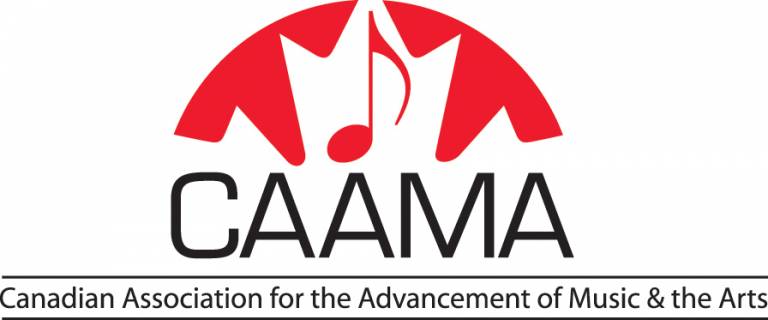The Federative Republic of Brazil is a continent-size country (only Russia, Canada, China, and the United States are bigger). It borders every country in South America except Ecuador and Chile. The majority of the population is concentrated in its coastal cities, particularly in the South-East. São Paulo is Brazil’s largest city, with almost 12 million people, followed by Rio de Janeiro with around 6 million. There are five climates in Brazil: equatorial, tropical, semi-arid, highland tropical, and subtropical.
Brazil has four time zones, spread across twenty-six states in addition to the Federal District (Brasília). The states are semiautonomous, with financial independence from the central government. The country is divided in five main regions: north, northeast, central-west, southeast and south.
The population consists of four main groups: the Indigenous peoples, the Portuguese (who arrived in 1500), the Africans (who were mainly brought as slaves), and immigrants (especially Japanese, Italians, Germans, Poles, Spaniards, Syrians and Lebanese). This mixture coupled with its size make for a remarkably diverse country.
Over the past 500 years the Iberian European colonizers have dominated the region’s political and economic landscape, only recently including the other immigrant populations. The process of racial mixture in the region, and especially the African legacy, has created a culturally unique scenario.
The country contains the world’s largest Roman Catholic population; it is also the home of several unique Afro-Brazilian religions. Also, Protestantism and evangelical Pentecostalists both have seen large growth in recent decades.
Brazil is the only Portuguese-speaking country in South America. The Portuguese spoken in Brazil can be quite different from that spoken in Portugal; many words come from both European languages and Arabic, as well as words from Asia (reflecting Portugal’s maritime history). Indigenous Tupi-Guarani words (for flora and fauna, for example) have also been assimilated, as too are words derived from African languages. The current population is 211,931,635 as of Friday, January 31, 2020, based on the latest United Nations data, equivalent to 2.73% of the total world population. 87.6 % of the population is urban. Brazil has 15 widely scattered cities of more than a million inhabitants.
Please email info@caama.org for a copy of the Market Access Guide on Brazil







